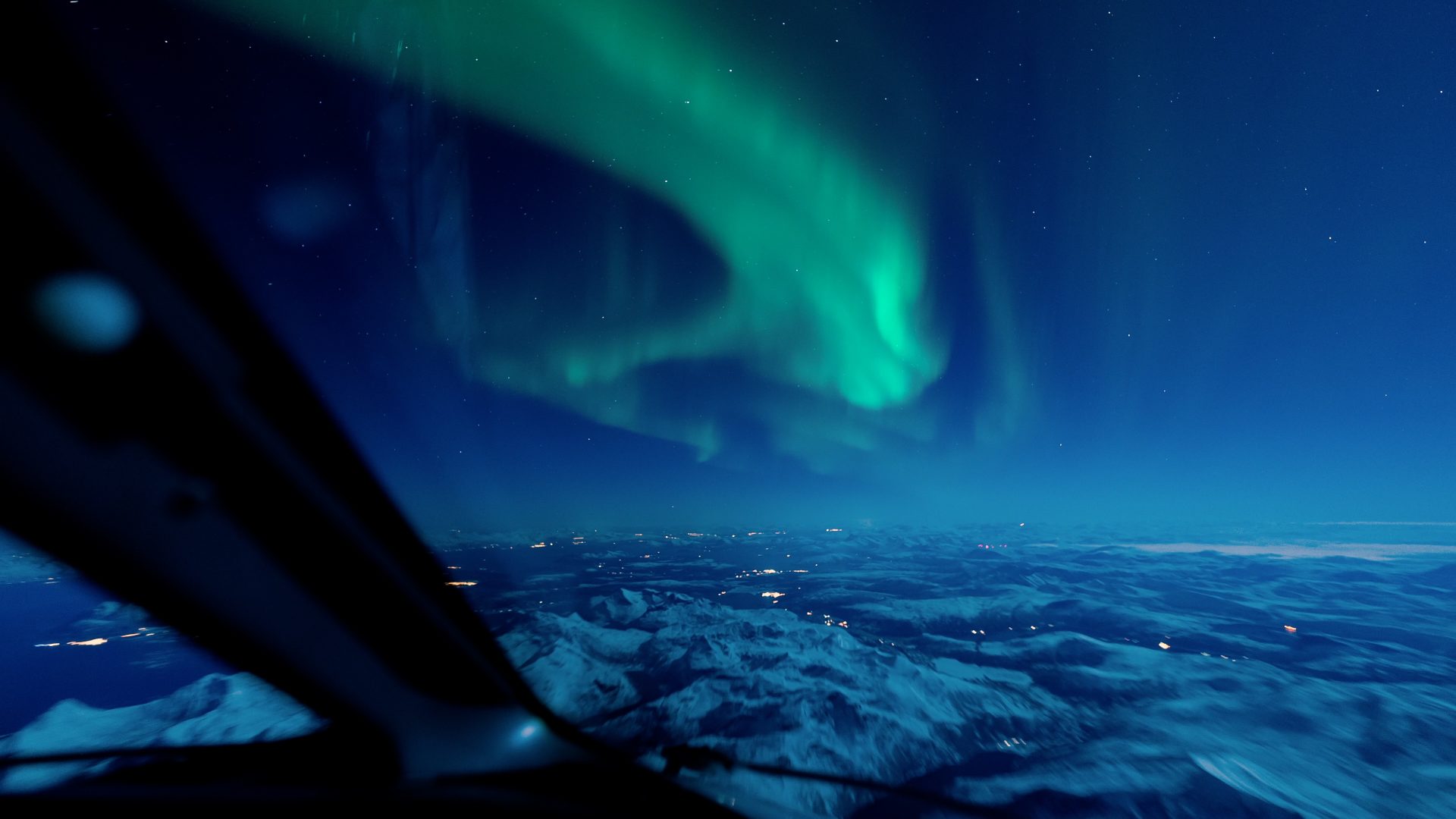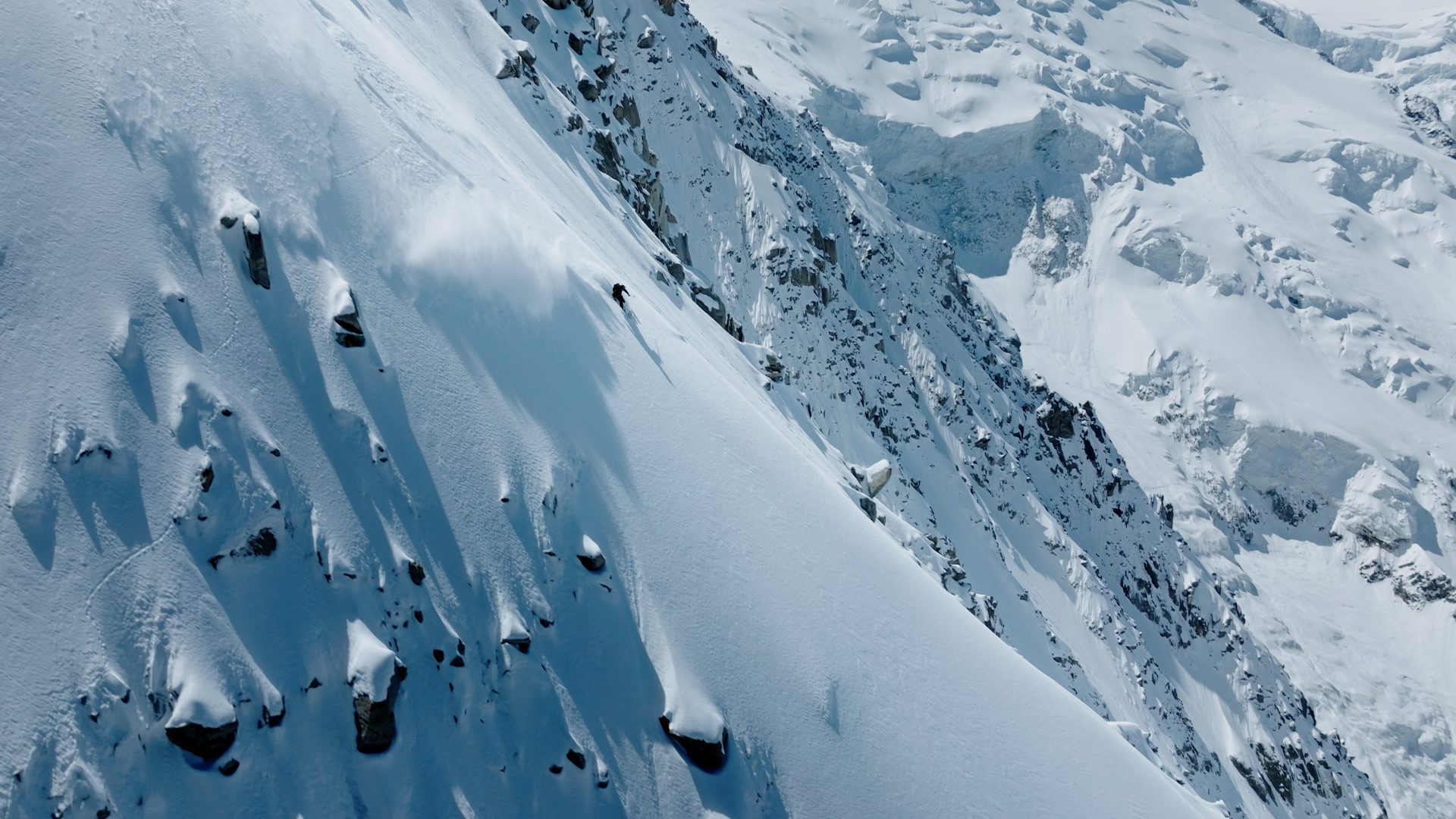
In an era of hyper-produced ski films and carefully curated Instagram clips, Norwegian skier and filmmaker Nikolai Shirmer is carving out a different kind of legend. His lines are steep, exposed, and breathtaking, often skied fast and clean with zero hesitation. But what really sets him apart isn’t just the terrain he chooses—it’s how he chooses to ski it: no ropes, no gimmicks, no safety net. Just skill, instinct, and a sharp eye for what’s possible.
Now, in his first feature-length documentary, The Greatest Ski Tour of All Time, Shirmer pulls back the curtain on his process, his past, and the philosophy behind it all. His latest project sold out its IMAX premiere in Norway in just one day and offers a rare glimpse into a life spent pushing limits with precision—not recklessness.
“I think it’s risky in the same way that going into space is risky,” Shirmer says. “If any part of your rocket or your training is off, you’re going to die. But you’ve gone through every step to make sure that’s not going to happen. And then, of course, accepting the remainder of risk that will always be there.” For Shirmer, skiing high-consequence lines is about preparation, trust in his own ability, and a clear-eyed acceptance of what’s out of his control.
Shirmer’s path into skiing wasn’t a straight line—and it certainly wasn’t handed to him. He started young, obsessed not only with skiing but with storytelling. “I spent all my money on cameras as a kid,” he says. “Everything I wasn’t spending on skis went into gear.” Long before sponsorships, he was working as a filmmaker and photographer within the ski industry, often documenting skiers older and more established than he was.
It didn’t take long for Shirmer to realize he could ski just as well—if not better—than many of the athletes he was filming. “I thought, why not turn the camera on myself?” he recalls. That decision would reshape his trajectory. Rather than wait for someone to offer him a platform, he built one himself.
That self-made approach now defines both his skiing and his filmmaking. Shirmer’s videos stand out for their blend of bold skiing, raw documentation, and narrative control. His newest project marks a step beyond even that—his first feature-length documentary, clocking in at 95 minutes and premiering in mainstream theaters across Norway.
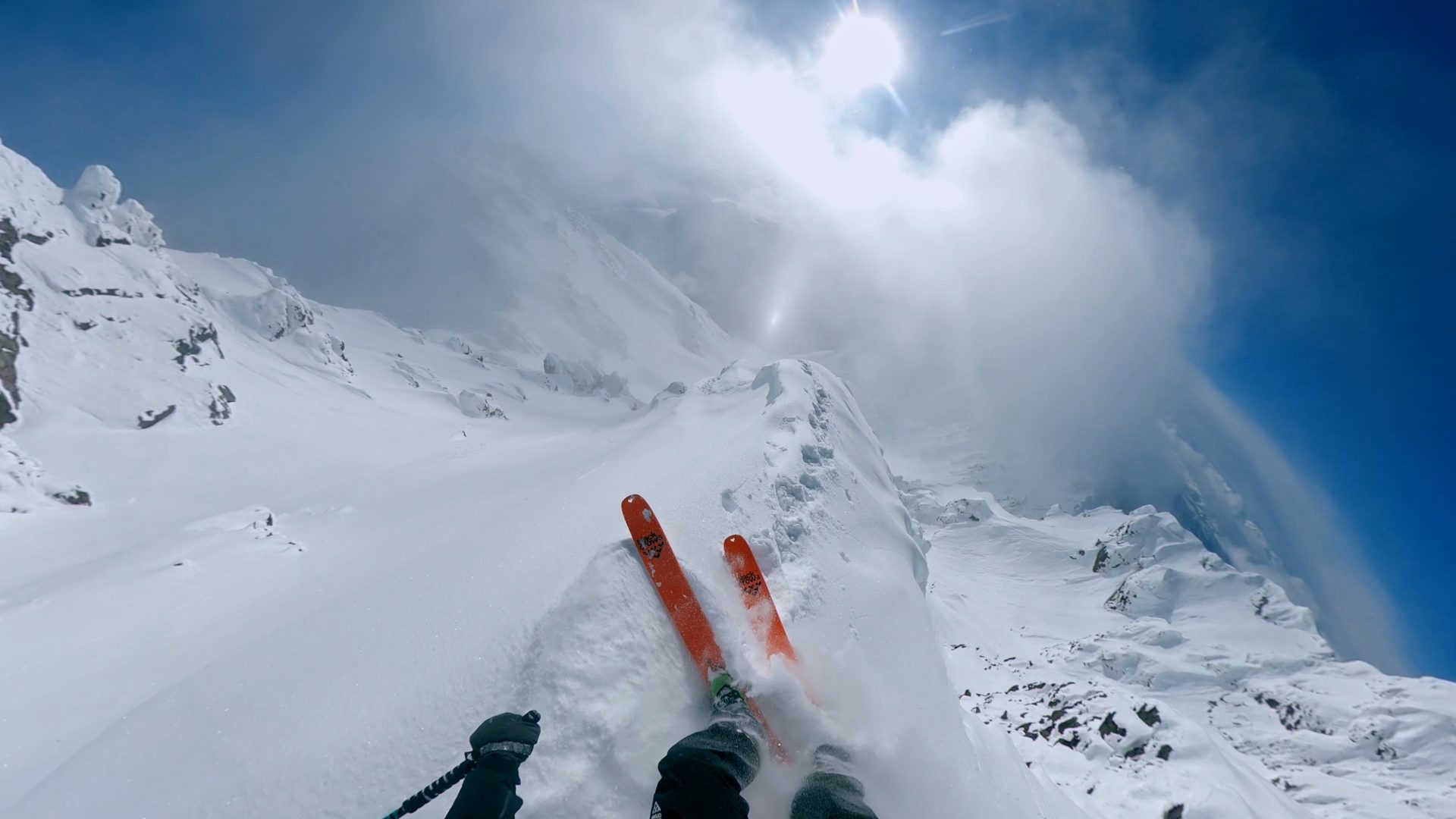
The film isn’t just a showcase of mountain objectives. It’s a layered story that contrasts Shirmer’s high-profile career with the quieter path of his childhood friend, Vegard, who undertakes a grueling four-day, 200-kilometer solo ski traverse. “We found skiing together,” Shirmer says, “but ended up living it in completely different ways.”
That contrast—between external and internal, public and private, speed and solitude—provides the backbone of the film. Through it, Shirmer explores not only what skiing means, but how it evolves, diverges, and reflects the personalities of those who commit to it. His friend’s ski tour, initially just a personal mission, became the narrative scaffold Shirmer needed to tie it all together.
Making the movie was a test of endurance in its own right. Shirmer spent six months editing, revising the introduction alone 14 times. “It was exhausting,” he says. “But also kind of addictive. You just keep pushing because you know what it could become.”
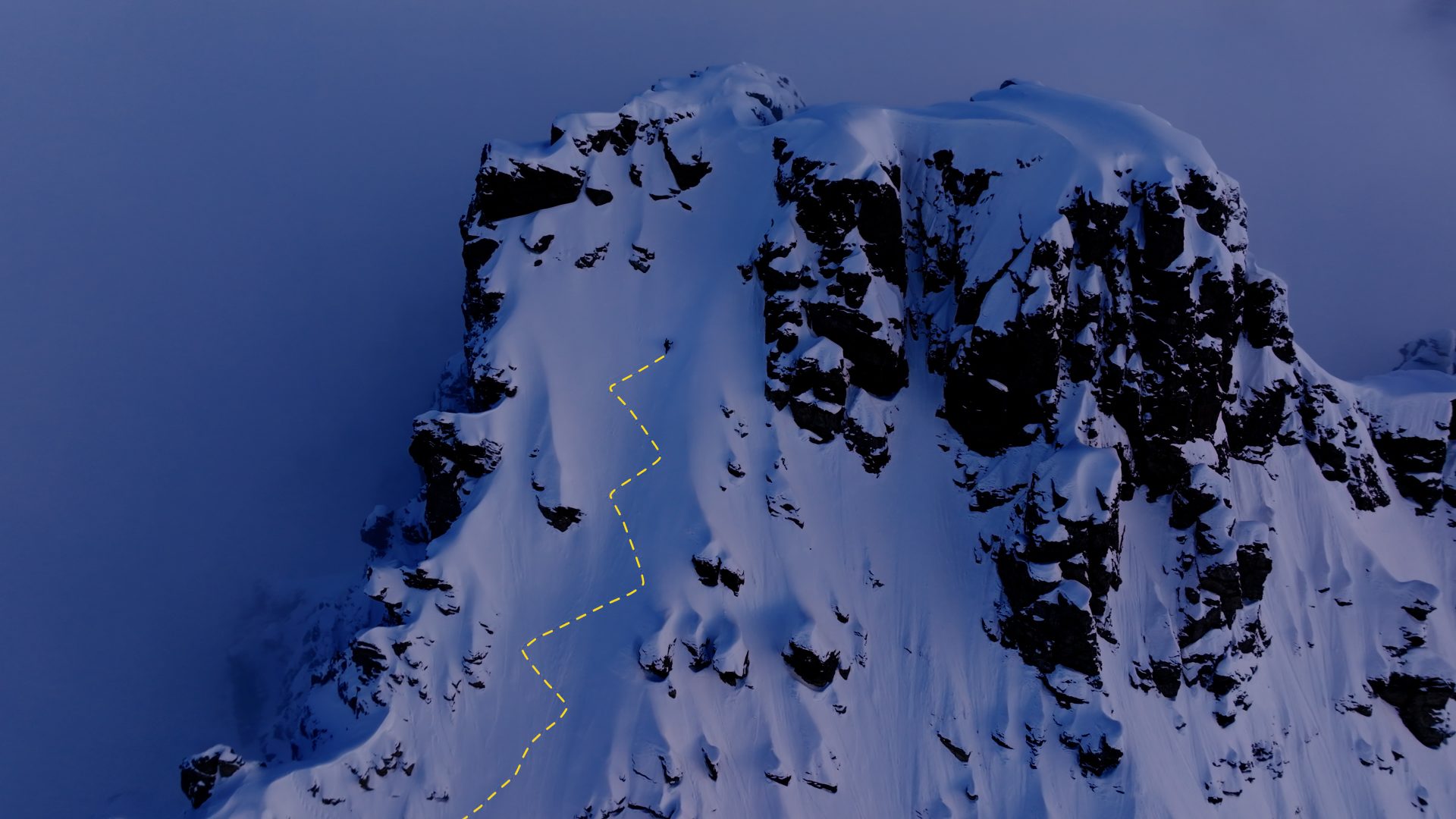
Unlike most ski films, this one covers years of development—on snow, behind the camera, and in Shirmer’s mind. The challenge, he says, was keeping the story cohesive across time, geography, and tone. “I wanted people who know nothing about freeriding to understand why this matters,” he says. “To see the humanity behind the mountains.”
Bringing the film into mainstream cinemas was both thrilling and unnerving. “Now I’m not just being compared to other ski edits,” he says. “I’m being compared to actual movies. That’s terrifying—and kind of awesome.”
Despite the broader stage, Shirmer hasn’t strayed from his roots. His skiing is still defined by speed, commitment, and a minimalist approach. “I always say freeriding is ski mountaineering without ropes,” he says. “Not because ropes are bad—but because I want to move fast and light.”
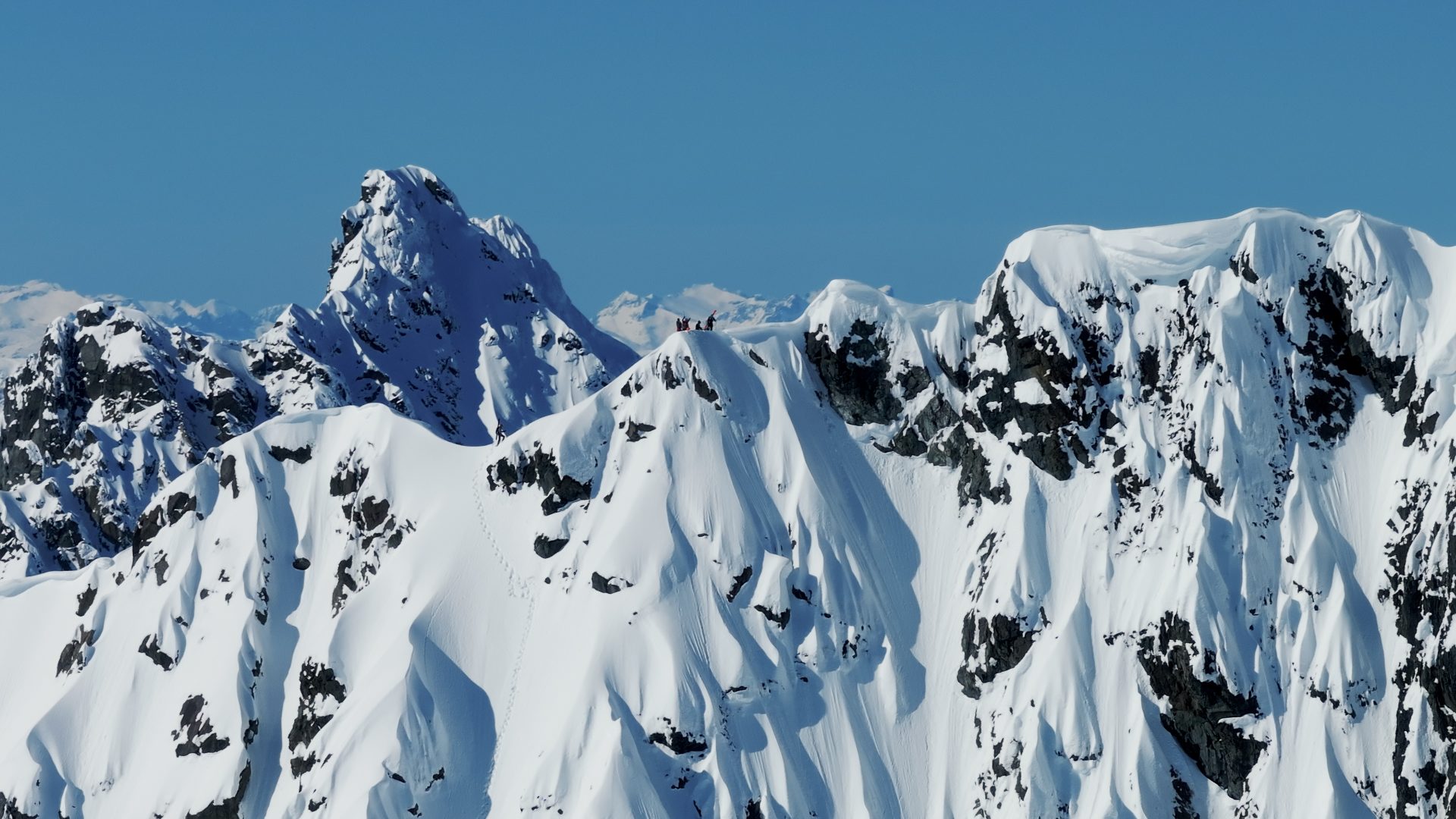
That doesn’t mean he takes shortcuts. Every line is studied, every risk dissected. “If I don’t mess up, I’ll be fine. And I’m confident I won’t mess up,” he says. But he also knows that total control is an illusion. That’s where acceptance comes in—and why he compares it to spaceflight.
Some seasons test that mindset more than others. Heavy snow years with dangerous layers push the mental toll of risk assessment to the edge. “You’re always calculating,” he says. “And over time, that wears you down.”
When the snowpack is stable, the stress lifts. But the motivation doesn’t fade, regardless of conditions. “The pull never leaves,” he says. “The mountains are always calling.”
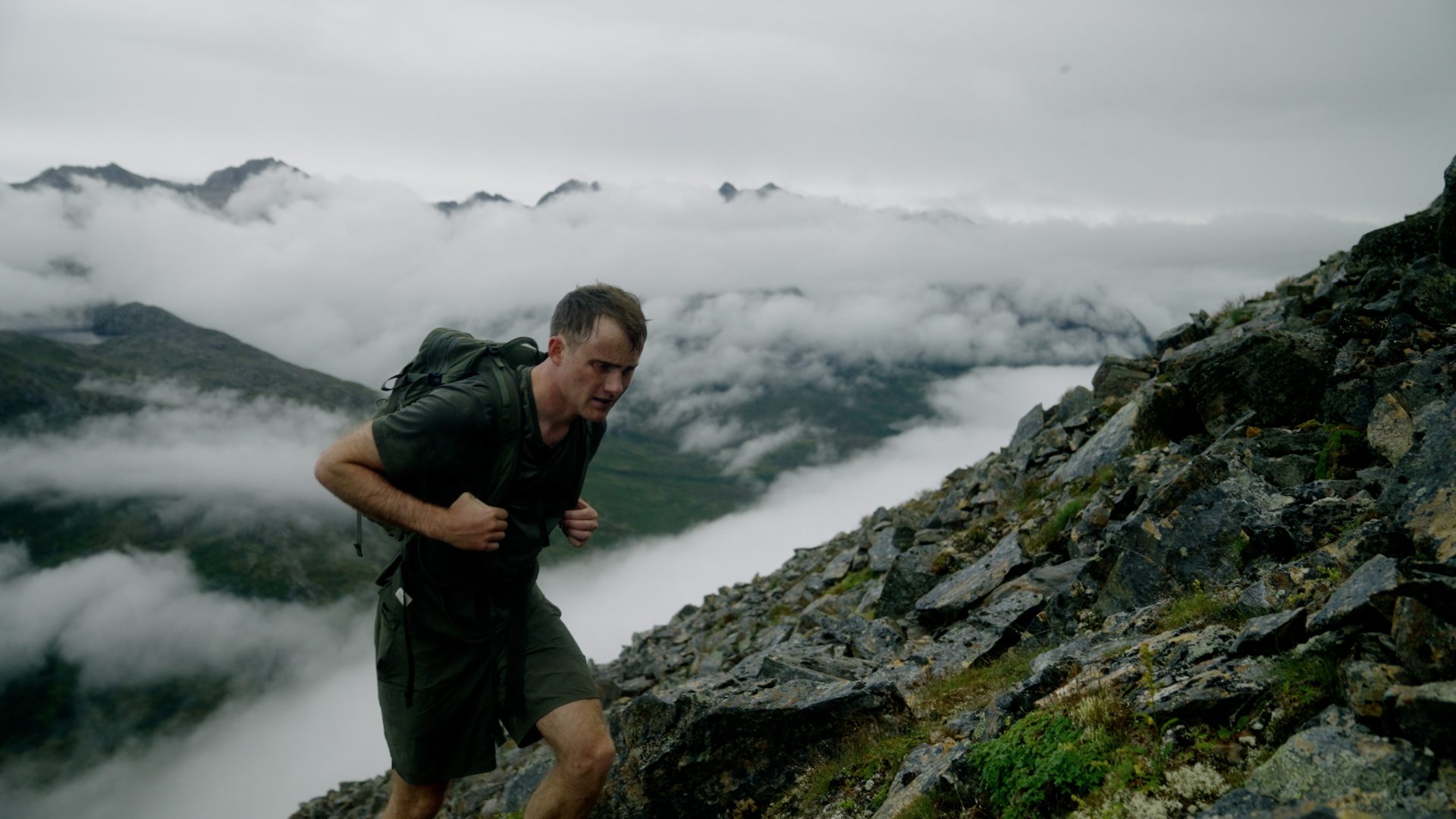
That pull drives not just his skiing but his creative work. He wakes up with ideas—shots, edits, new formats, film structures—and chases them with the same intensity he brings to his lines. “It’s constant,” he says. “A flood of ideas every day.”
Managing that energy means surrounding himself with people who can match it—on skis and behind the camera. His crew is small but strong. “You need people who can get where you’re going, and still film something beautiful when they get there,” he says. “That’s rare.”
In the mountains, he’s selective about who he rides with. “You’re only as fast as the slowest person,” he says. “And I like going fast. I like jumping a crux rather than rappelling it.”
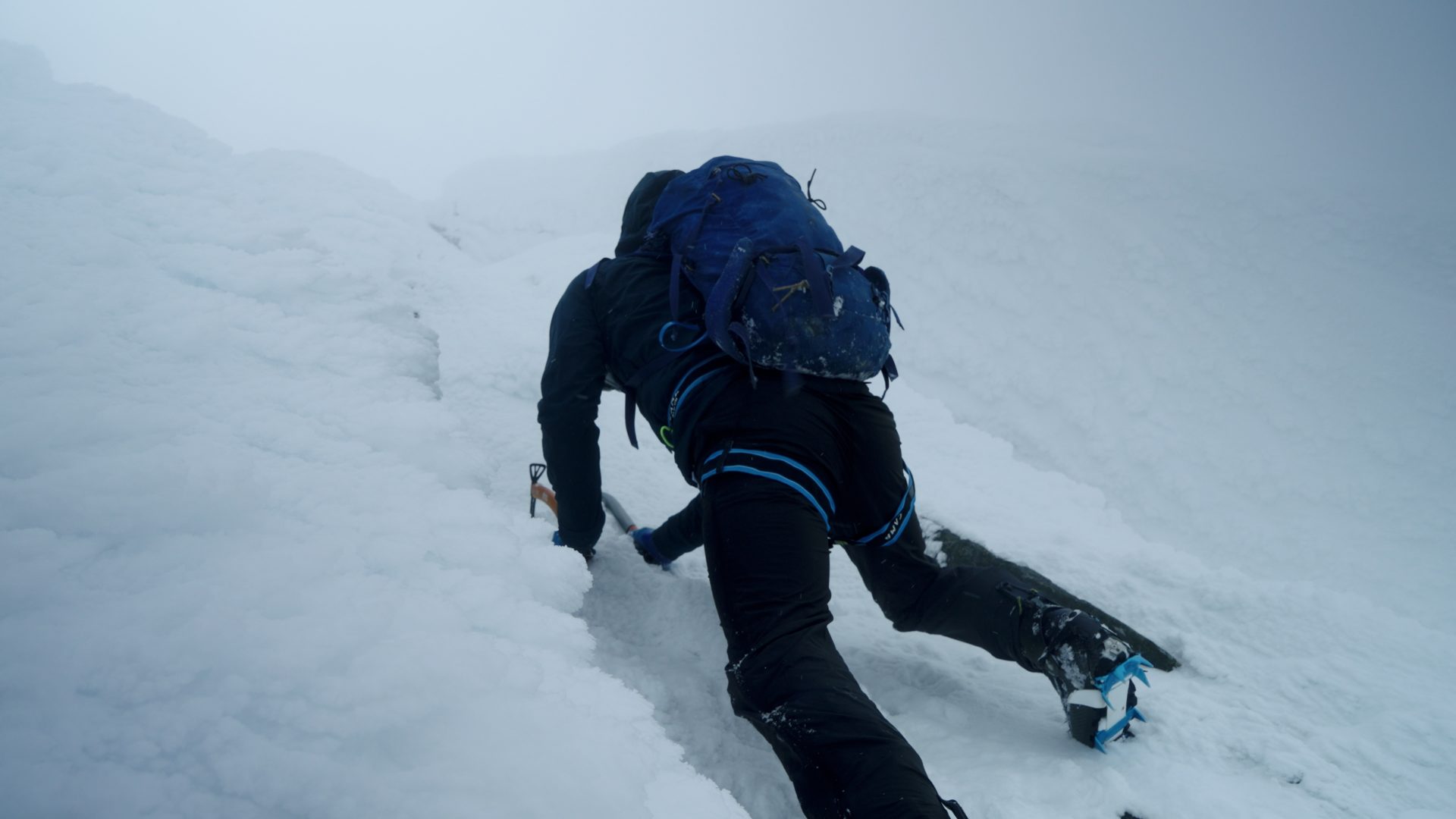
That distinct style—fluid, aggressive, efficient—has drawn praise from veterans like Griffin Post and Jeremy Heitz. “Heitz and I have talked a lot about it,” Shirmer says. “The goal is to ski the mountain—not survive it. To make it look clean. To make it feel right.”
Behind that precision is plenty of training, though Shirmer rarely broadcasts it:
“There’s this weird culture in skiing where you’re supposed to act like you’re not trying,” he says. “But we’re trying. We’re working our asses off.”

That message—that great skiing doesn’t just happen—is a core theme in the film. “Cody Townsend says it in the movie: we all pretended it was just for fun. But we were training like crazy. That needs to be acknowledged.”
Shirmer doesn’t sugarcoat the harder parts of the lifestyle. He’s been broke. He’s taken on too many projects. He’s burned out. But he’s always figured out a way forward. “I’ve had projects fail,” he says. “I’ve been in debt. But you look at the situation, and then you just do the thing that’ll fix it.”
He got his start by working supermarket shifts and saving every cent for ski season. “Total ski bum mode,” he says. “And I wouldn’t take any of it back.”

Over time, that grind turned into a real business—but not because someone handed him a deal. “You don’t wait to get discovered,” he says. “You just go make something. If you want to be in a ski movie, make a ski movie.”
That do-it-yourself approach applies to his environmental advocacy too. One of his past projects cut emissions by 75% while increasing revenue by 400%. “You can make a difference and still have fun,” he says. “It’s not either-or.”
Now, Shirmer is scaling back—just slightly. After the intensity of making his first feature doc, he’s leaning toward shorter, lighter YouTube projects. “I want to stay inspired,” he says. “I want to keep skiing and keep it fun.”
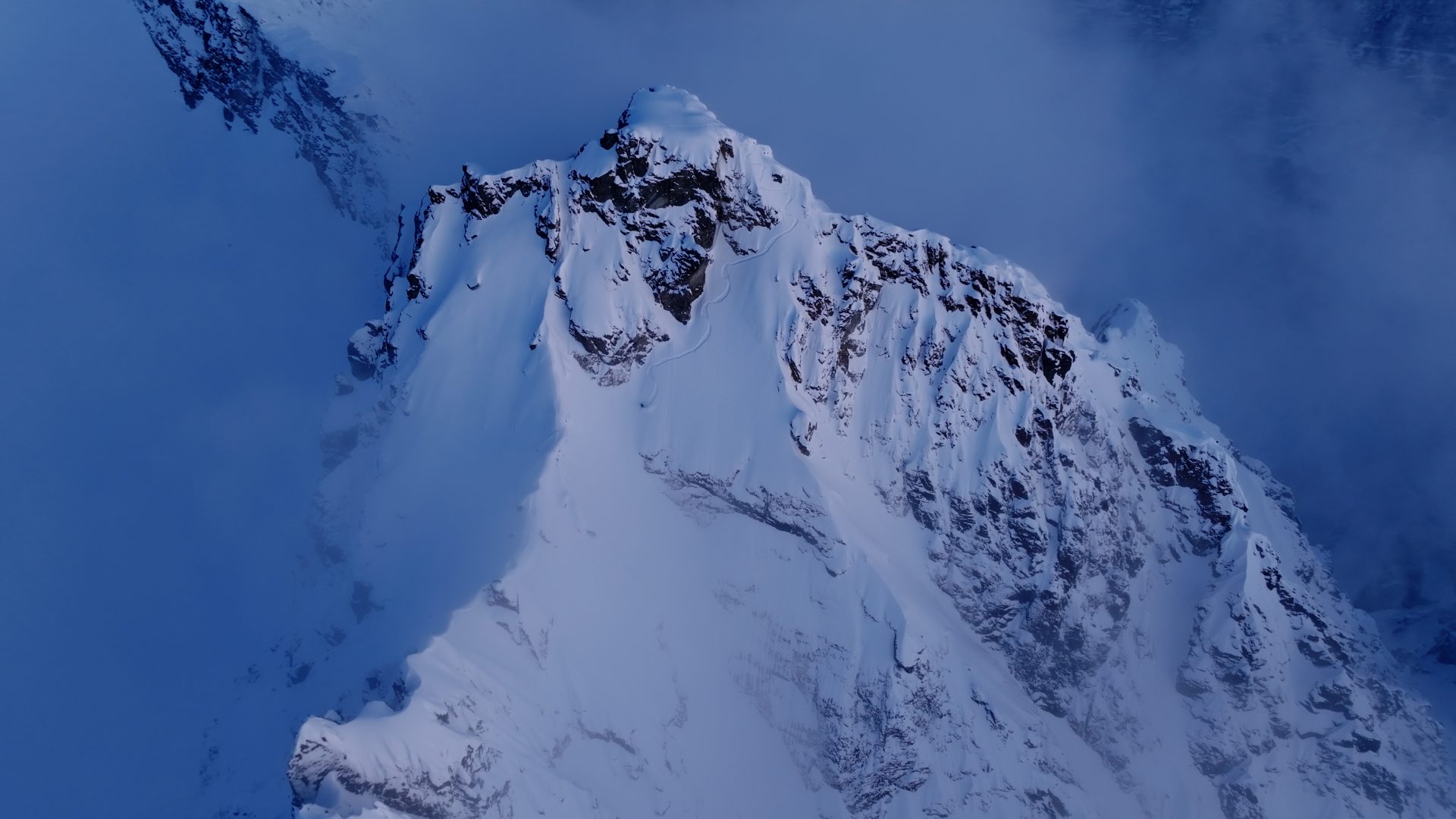
His hope is that the film, and his broader body of work, encourages others to go for what they want—no matter how unlikely it seems. “If someone watches a video and books a flight to go chase a dream, that’s success to me,” he says.
He pauses, then adds, laughing: “Also, don’t make a feature documentary unless you absolutely have to. That shit will eat your life.”
Still, he wouldn’t change a thing. “There’s no good reason to do this,” Shirmer says. “Except that we love it. And that’s reason enough.”
